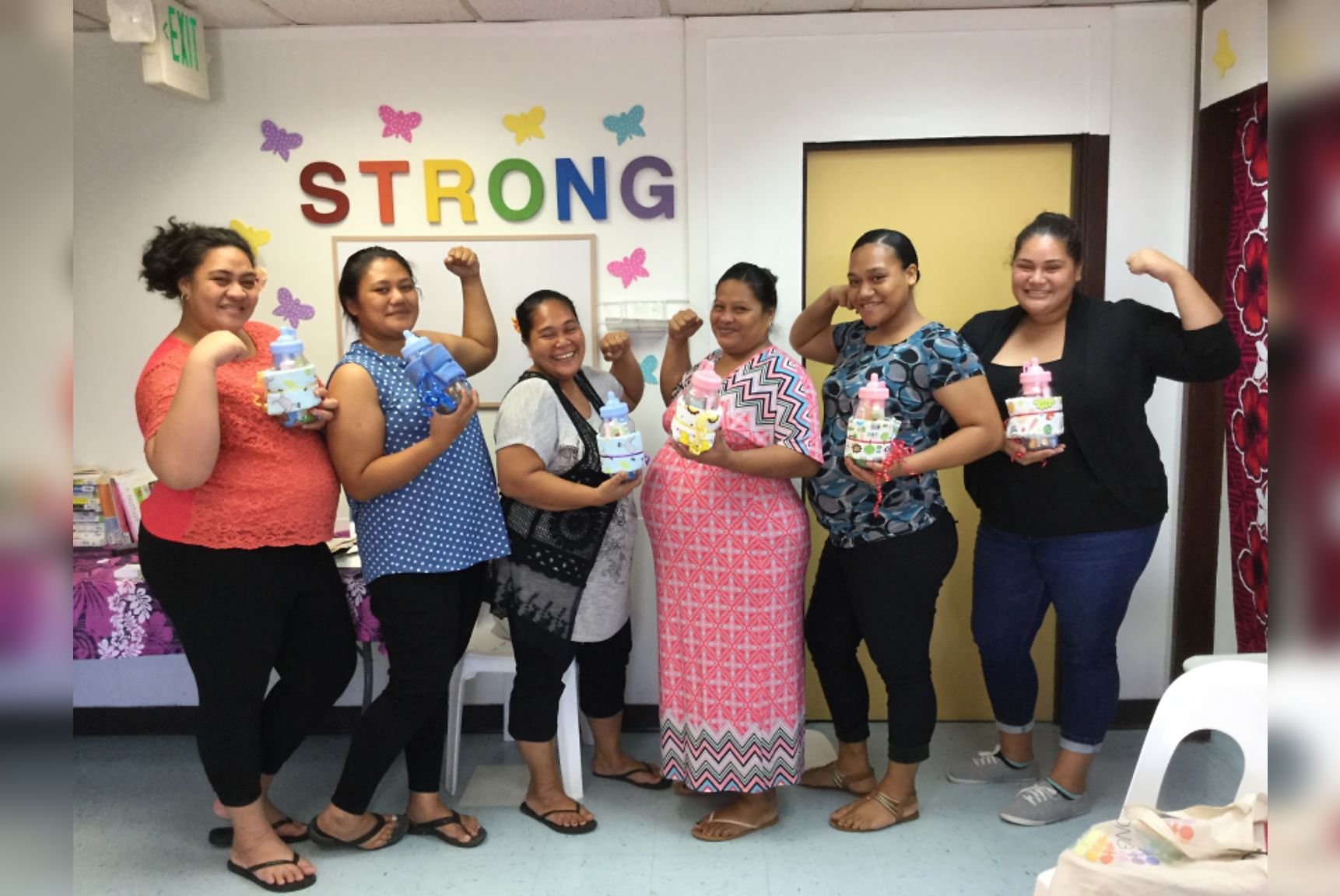
Olaga n. life
Obesity and related cardiometabolic diseases are more prevalent among Pacific Islanders than any other population in the world. The Obesity, Lifestyle and Genetic Adaptations (OLaGA) Study Group uses a life course approach to understand the origins of these diseases among Samoans and other Pacific Islanders while developing and testing interventions to address them.
Equity. Community. Impact.
We are driven by the belief that innovative research should not only advance scientific understanding but lead to tangible improvement in health outcomes for all. Our core values include:
Equity: We focus on populations that are often neglected in public health and genetic research.
Community Engagement: We believe that meaningful science addresses community-identified problems.
Interdisciplinary Collaboration: Our team brings together experts from diverse fields - epidemiology, genetics, anthropology, and implementation science - in a holistic approach to solving complex public health challenges.
Mentorship: We are dedicated to training the next generation of public health leaders in a supportive environment.
Research Priorities.
Our research priorities include:
Generating novel epidemiological data that can serve as an evidence base for intervention development.
Developing and rigorously testing interventions that prevent and treat obesity and related diseases.
Building community partnerships to support local and regional capacity building.
Areas of Expertise
-

Cardiometabolic Diseases
-

Genetics
-

Maternal Child Health
-

Mental Health
-

Health Systems Strengthening
Meet our āiga (family)
-

Nicola Hawley, PhD
-

Satupaitea Viali, MBBS
-

Ryan Minster, PHD
-

Kima Faasalele-Savusa, CNM






